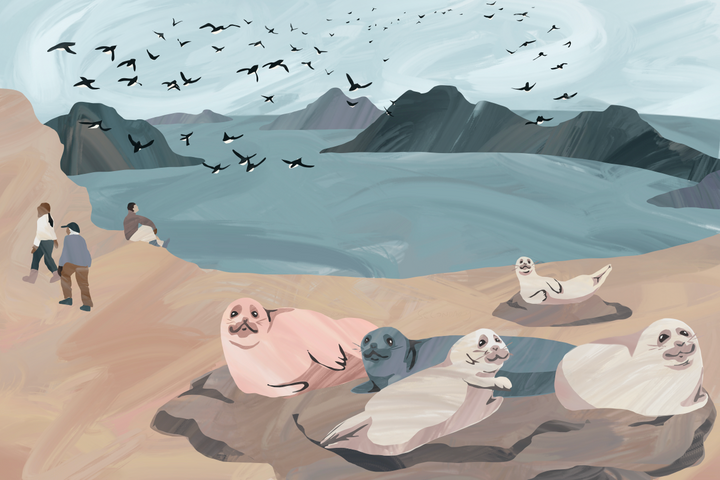

Inside Greenland’s Misunderstood Winter Delicacy
Kiviaq, a mainstay on many “weird foods” lists, is an incredible feat of fermentation and cultural touchstone.
For many in northwest Greenland, the iconic flavor of winter is that of fermented meat, perhaps most iconically kiviaq, a dish made by packing 300 to 500 whole dovekies—beaks, feathers, and all—into the hollowed-out carcass of a seal, snitching it up and sealing it with fat, then burying it under rocks for a few months to ferment. Once it’s dug up and opened, people skin and eat the birds one at a time.
Plates of these small fermented seabirds are a staple at many kaffemiit—big communal gatherings celebrating anything from holidays to birthdays—during the winter, especially among the Inughuit, a distinct Inuit culture indigenous to the region.
“Kiviaq is a special dish to the Inughuit,” Hivshu, an Inuguhit culture keeper, tells me. Originally from Siorapaluk, one of the major towns in Greenland’s northwestern Qaanaaq area—and the island’s northernmost permanent settlement—Hivshu grew up hunting local game and practicing Inughuit foodways. In fact, he’s not aware of any other Inuit cultures with a longstanding history of making kiviaq.
But beyond Greenland, kiviaq is notorious as an object of disgust and ridicule. Just over a decade ago, it became a staple of the world’s “weirdest” or “most repulsive” food lists. A few articles also suggest it’s dangerous, noting that kiviaq may have killed famed Inuit-Danish explorer Knud Rasmussen in 1933, and that botulism linked to a bad batch definitely killed two locals in 2013.
“They know nothing about our way of life, our way of making food,” Hivshu says of articles and shows that imply kiviaq and similar dishes are inherently risky. “We’ve passed on knowledge of how to ferment meat for thousands of years. We are aware of the danger of doing it the wrong way … We have learned how to do it the right way.”
Many locals are also aware of—and irked by—kiviaq’s international reputation. In a recent interview, Aviaja Hauptmann, a Kalaallit (a Greenlandic Inuit cultural group) microbiologist who studies Arctic fermentation techniques, recalled how in 2018 she spoke on a radio show about her plans to research kiviaq. An angry woman from Siorapaluk called in to confront her. She thought “a stranger is coming to investigate their food,” Hauptmann said, “perhaps to tell the world how extreme, exotic, or even dangerous they are.”
“I told her that I want to learn, from the expertise of fermenters in Greenland, the nuances of our food culture, microbial and human,” Hauptman explained. “When she heard this, she and her family welcomed our research team to Siorapaluk.”
Kiviaq can challenge the palate of anyone unfamiliar with the potent flavors of fermented meats. (Mike Keen, a chef-adventurer based in the United Kingdom and big kiviaq fan, describes its taste as akin to a strong blue cheese with salami or parma ham notes—and as “a good smash in the mouth.”) But writing it off as a disgusting oddity is galling because kiviaq is not only beloved by many, it’s also a manifestation of Arctic ingenuity and a prime example of how cultures develop distinct tastes and delicacies.
Dovekies weigh just 150 to 200 grams. As Erika Ebel, a PhD student who studies Arctic birds at the University of California, Davis, put it in a recent paper, catching them “individually would be suboptimal in most situations.” They’re just such “small energy packages,” she writes. So at first blush, the idea of catching and stuffing hundreds of them into a seal to ferment for months may seem anywhere from impractical to outright absurd.
But for a few months of every year, starting in late spring, dovekies are everywhere in northwest Greenland. Experts estimate that up to 80 percent of the global population—30 to 60 million breeding pairs—descend on its rocky shorelines. To harvest this smorgasbord, locals developed a net, historically made from baleen, sinew, or seal skin and suspended from approximately 10-foot rods made of driftwood or narwhal tusks.
Pivinnguaq Mørch, a student at Ilisimatusarfik, Greenland’s university, noted in a recent paper on dovekie-catching that skilled netters could catch several birds in one swing, and “up to 1,000 little auks [dovekies]… over 10–12 hours.” A whole community hunting together could catch tens of thousands of the tiny birds every year.
Hunters often ate a few dovekies just after catching them, simply boiling them in a pot. But they had to preserve the remainder of this huge spring bounty. So, they turned to fermentation.

Cultures the world over have developed fermentation techniques to make seasonal abundance last into periods of relative scarcity. Intense fermentation processes play a role in many widely popular global foods—such as fish sauces, most of which are made by coating fish in salt and letting them ferment for months to years. But Hauptmann’s work shows that Arctic cultures, which traditionally depended on hunting and fishing hauls that were harder to come by in long, brutal winters, mastered a staggering array of approaches. Greenlandic Inuit communities ferment birds, fish, sea and land mammals, and even eggs in the open air, or in pits covered by rocks or whale blubber. One technique involves layering cod and snow in the winter; another involves extracting plant matter from slaughtered caribou stomachs to create a fermented vegetable paste. Beyond preserving a long list of animal products, these methods also helped to unlock the full nutritional potential and diversify the flavors and textures of what may seem like a limited diet.
Kiviaq is actually a fairly simple dish within this wider tradition: Hunters kill dovekies by twisting their wings behind their backs and pushing a thumb into their sides, hitting their hearts. They shoot a seal, a regional staple food (“Stories and songs told by the Elders say that without seal there would be no man walking on this side of the planet,” Hivshu says), then hollow it out; its size determines the number of birds in a batch. After the birds cool in the shade to match the near-freezing spring temperature, they’re stuffed into the seal carcass. The preparer squeezes the seal periodically to force out air, then seals and buries the lot. Fermentation takes anywhere from three months to upwards of six. It “depends on the climate, depends on how much sun there was for that year,” Hauptmann explained in a recent talk. Hivshu says that people who make kiviaq learn how to judge that it’s done by smell alone.
According to Hauptmann, there are regional differences in kiviaq preparation techniques. Some people actually make it with other birds, such as eiders. “The flavor of it is also greatly impacted by the landscape, where the kiviaq is buried… the weather and temperature conditions, terroir,” she noted in her talk.
As this technique fully processes the birds, it’s a hands-off, low-intensity mass-cooking and preservation tool. Its very simplicity makes it a brilliant means of efficiently turning “small energy packages” into huge stores of flavorful, ready-to-eat nutrition. Ebel tells me kiviaq is “a fantastic solution for keeping a stock of food ready to eat over the long Arctic winters.”
Despite the existence of more complex techniques within Greenland’s expansive fermentation tradition, kiviaq especially has become a darling of global fermentation enthusiasts over the last decade. Keen, the chef-adventurer, has even said it’s “one of the main things that got me into fermentation.”
Some of this fixation likely reflects the striking, visceral visuals associated with the dish. But kiviaq’s profile also reflects its surprising prominence in northwest Greenlandic history and culture.
Dovekies generally made up a small part of most historic diets in the region. However, while the availability of foods can vary wildly in the Arctic year-to-year thanks to factors such as natural climatic variations, sky-blanketing dovekie flocks were a reliable abundance. That reliability meant, as Mørch put it, that in the form of kiviaq “these small little auks can have the biggest roles in terms of surviving the winter.”
Kiviaq-making also historically played a key role in bringing communities together. Adult men usually did most of the hunting, but dovekies were so abundant and easy to net that everyone got involved in catching them. Women entered an otherwise male sphere. Children were inducted into food-gathering and preparation tasks. Those too elderly to hunt got to feel productive once more.
“Our survival depended on every person,” Hivshu says, recalling his participation in this process while growing up. “It was not about being proud or strong. It was about sticking together.”
Globalized food networks mean most Greenlanders no longer face cycles of abundance and relative scarcity. But the broad availability of foreign foods, and the denigration of indigenous traditions that always accompanies the sort of colonization Denmark has long imposed on the only recently mostly-autonomous island, has alienated many Greenlandic Inuit people—especially youths and big-town dwellers—from local ingredients and recipes as well. “We learned to be ashamed of our own Inuit way of life,” Hivshu explains of the colonial experience.
In the 1950s, the U.S. seized land in northwest Greenland to build a military base, repeatedly displacing local communities and disturbing the local ecosystem. Climate change has rapidly warmed Arctic waters as well, disrupting ecological equilibria, making weather patterns unpredictable and at times treacherous, and affecting longstanding food-gathering practices. Warming seas and weakening ice additionally mean that supply ships carrying foreign foods can arrive more frequently, and that the region’s more attractive and accessible to global tourists—variables and influences that have only further eroded local foodways.
Ecological threats have notably led to official bans on practices such as eider egg gathering, and thus on eider egg fermentation as well. “What happens when we illegalize, for instance, fermented foods is that our youth are not taught the preparation techniques,” Hauptmann noted in a recent discussion of the state of Inuit fermentation techniques. That in turn contributes to their gradual alienation from Greenlandic Inuit foodways overall.
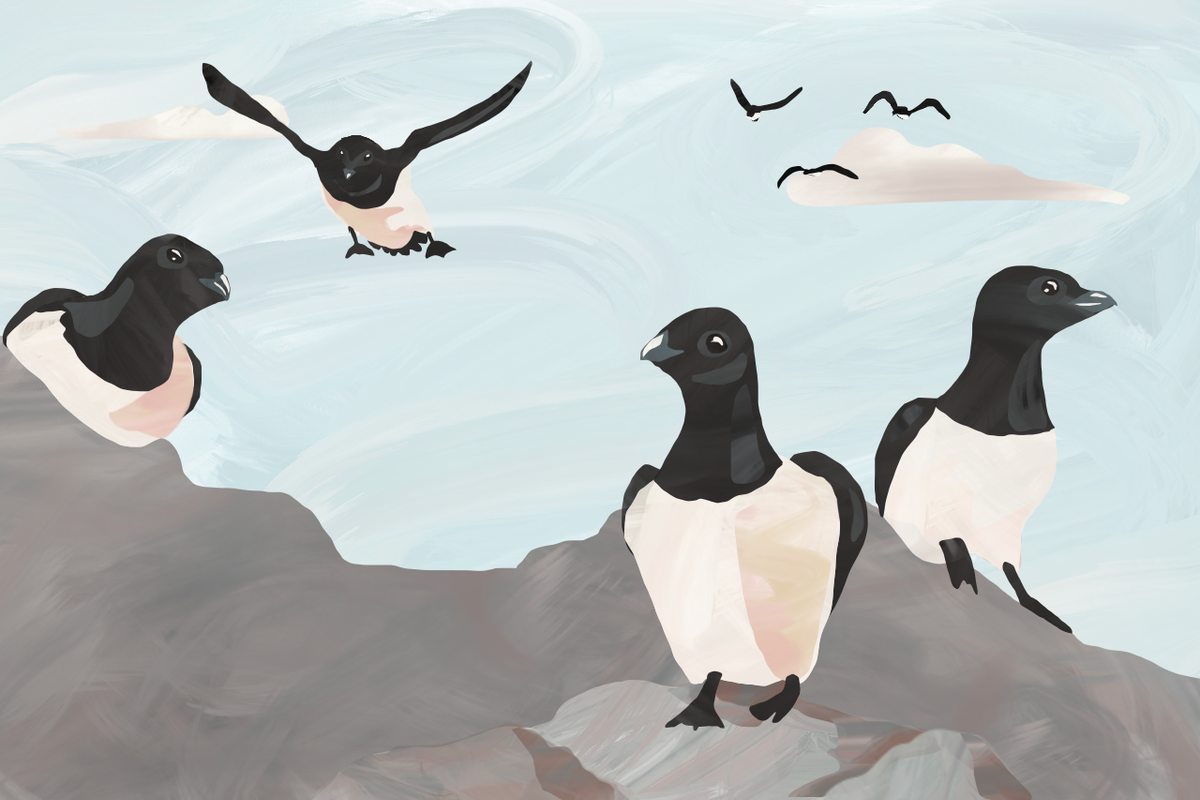
Over the last decade especially, in the wake of these myriad socio-cultural pressures, Hauptmann has documented the decline, and in some cases the full disappearance, of several regional fermented foods. A movement among young chefs in Nuuk, Greenland’s capital, and other major towns aims to revitalize traditional staples, such as whale and seal, by using them in modernized but distinctly local cuisine. But that movement can’t save every fading food.
These culturally corrosive forces haven’t taken as much of a toll in northwest Greenland as they have elsewhere, Mørch writes. Dovekies still arrive in reliable droves, and communal efforts to net the little birds are still major annual events, even if most people now use pole nets made of things such as bamboo rods and nylon netting. However, the shifts that have occurred likely contribute to the fact that most of the birds are now reportedly eaten straight away, or preserved as nikku jerky, rather than made into kiviaq.
But while communities may make fewer batches of kiviaq than they did in the past, and the dish is not even remotely as important to their winter survival as it used to be, kiviaq has seemingly retained its pride of place in many Inuit families’ winter celebrations in northwest Greenland. In a recent video he made on kiviaq, Hivshu noted that he still thinks of the dish as the “Inughuit national native food.”
Even sans major social and environmental pressure, psychologist Rachel Herz—who recently wrote a book on why we find foods delicious or disgusting—says head-to-hoof foods often drop off menus when diverse food options become accessible and abundant. These riches create “the privilege to be disgusted and to decide,” she explains, “to create a hierarchy of what things are considered more refined than others.”
But Andreas Ahrens of Sweden’s Disgusting Food Museum—which identifies and develops exhibits that contextualize foods that are especially difficult for outsiders to acculturate to—points out that “foods created as a means of survival tend to become traditions … interwoven with a sense of cultural identity and a sense of belonging.”
These “traditional foods,” Herz acknowledges, can retain “a sort of cachet” through their power to tangibly connect folks to elements of their heritage. That’s one way survival foods become delicacies, whether or not people actually find them delicious.
It’d be easy to explain away the persistence of a particularly pungent, visceral dish such as kiviaq as a cultural obligation. But instead all indications suggest that kiviaq stays on local tables for the simple reason that people enjoy it. According to Hauptmann’s research, most Greenlandic Inuit people actually preferred the flavor of fermented meats and fish to fresh or frozen alternatives into the 20th century. Hivshu says he still prefers kiviaq or similar dishes to most global, commercialized foods. “It is better than cheese,” he says. “Better than meat you buy from stores.”
The regional appreciation for kiviak and other fermented meats is a strong reminder that disgust is not universal, and most tastes are acquired via experience. “Swedish travelers often show immense surprise that not all of the world loves salty licorice as much as we do,” says Ahrens.
“There is an extremely fine line between what is considered disgusting and what is considered delicious,” stresses Herz. “Context is really what determines whether something is delicious, a delicacy, or disgusting. It’s the meaning of the experience that turns it one way or the other.”
And that’s really what makes the widespread revulsion at kiviaq on the global stage particularly galling: To write the dish off as gross or barbaric is to dismiss the indigenous context and ingenuity that birthed it, and that over time turned it into a beloved winter delicacy.
“When I see my people living under pressure from colonist-minded states,” Hivshu says of the way the international community talks about Greenlandic Inuit foodways, “it makes me angry.”
Gastro Obscura covers the world’s most wondrous food and drink.
Sign up for our regular newsletter.
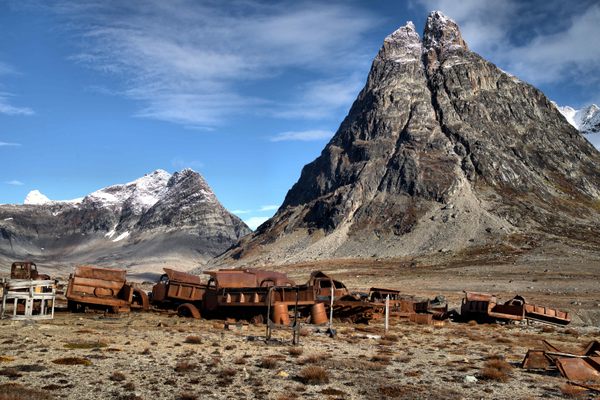
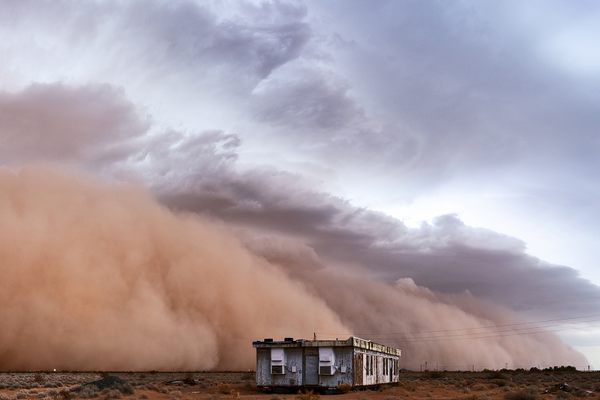







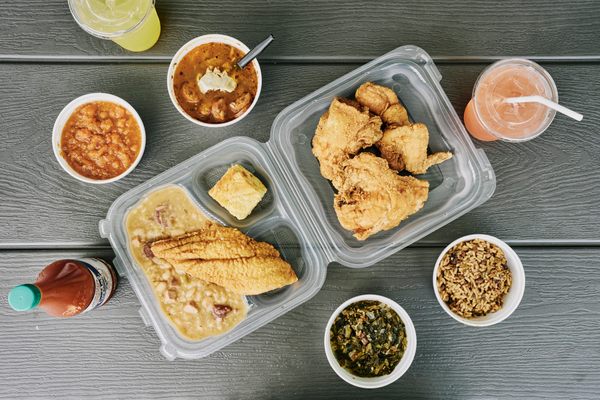
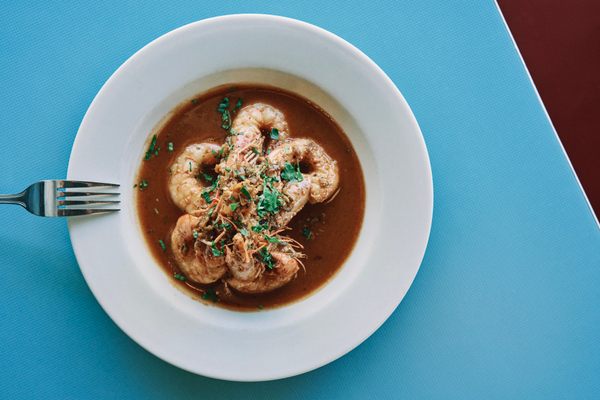

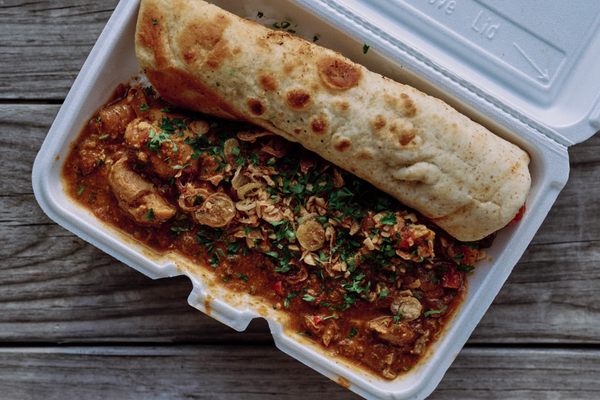


Follow us on Twitter to get the latest on the world's hidden wonders.
Like us on Facebook to get the latest on the world's hidden wonders.
Follow us on Twitter Like us on Facebook